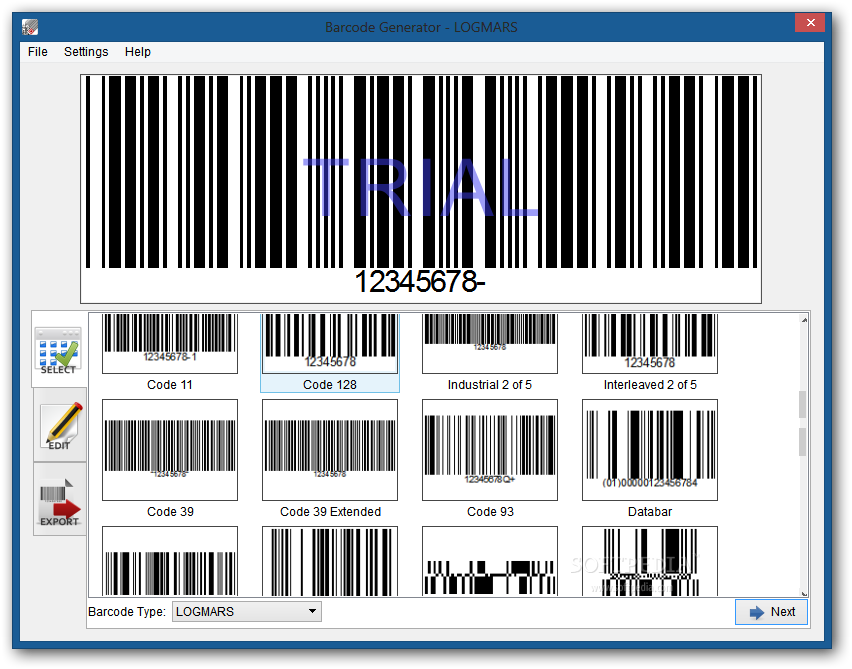

It was introduced for use on small packages where an EAN-13 barcode would be too large for example on cigarettes, pencils, and chewing gum packets. A prefix with first two digits of "45" or "49" indicates a Japanese Article Number (JAN) follows.ĮAN-8 is derived from the longer International Article Number (EAN-13) code. A prefix with a first digit of "0" indicates a 12-digit UPC-A code follows.
Barcode gen registration#
An EAN-13 number includes a 3-digit GS1 prefix (indicating country of registration or special type of product). The most commonly used EAN standard is the thirteen-digit EAN-13, a superset of the original 12-digit Universal Product Code (UPC-A) standard. EAN barcodes are used worldwide for lookup at retail point of sale, but can also be used as numbers for other purposes such as wholesale ordering or accounting. The standard has been subsumed in the Global Trade Item Number standard from the GS1 organization the same numbers can be referred to as GTINs and can be encoded in other barcode symbologies defined by GS1. The International Article Number (also known as European Article Number or EAN) is a standard describing a barcode symbology and numbering system used in global trade to identify a specific retail product type, in a specific packaging configuration, from a specific manufacturer.


 0 kommentar(er)
0 kommentar(er)
